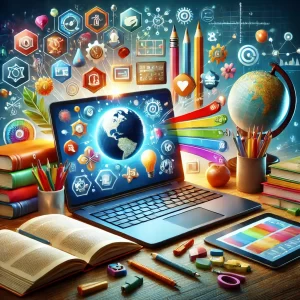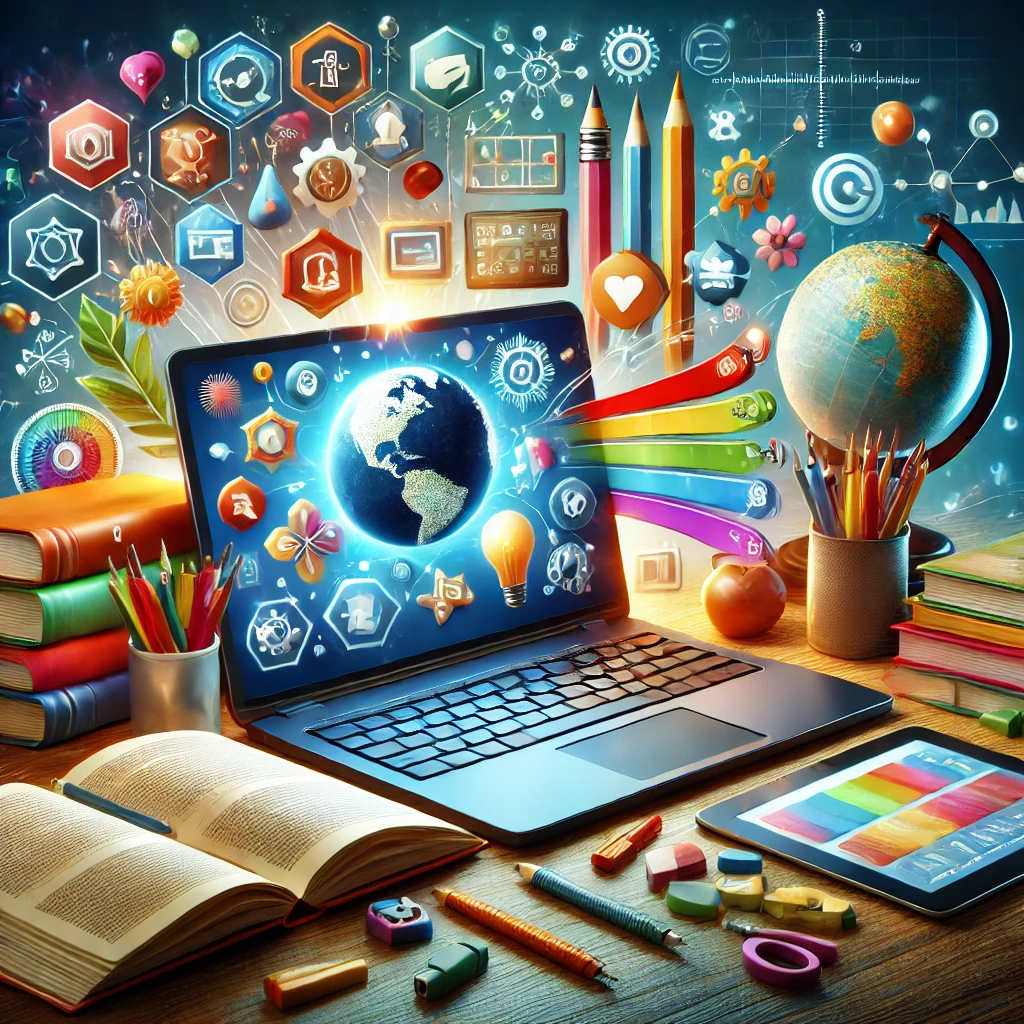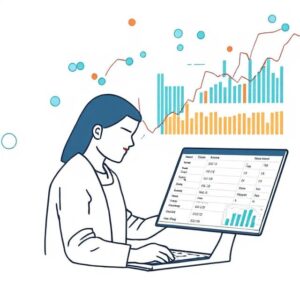Educational Resources
Educational Resources
In the modern world, education is no longer confined to the walls of a classroom. Thanks to the rise of technology and innovative learning platforms, educational resources have expanded beyond traditional textbooks and lectures, enabling students and learners of all ages to access a wealth of knowledge at their fingertips. In this blog, we’ll explore the significance of educational resources, the types available, and how they contribute to better learning outcomes.
What Are Educational Resources?
It refer to any material that supports learning, teaching, and research. These can range from physical materials like textbooks and workbooks to digital tools such as eBooks, videos, interactive simulations, and online courses. It play a critical role in enhancing the learning experience by making content accessible, engaging, and understandable for students.
Types of Educational Resources
Textbooks and Printed Materials Despite the digital shift, textbooks remain foundational in most learning environments. However, many publishers now offer digital versions, making them more accessible and adaptable for online learning.
Online Learning Platforms Platforms like Coursera, Khan Academy, and Udemy have transformed education by offering a wide range of subjects. These platforms provide access to high-quality courses, often for free or at a fraction of the cost of traditional education, giving learners the flexibility to study at their own pace.
Multimedia Resources Videos, podcasts, and animations can explain complex topics more visually and audibly. Sites like YouTube or educational podcasts are now primary sources for both formal and informal learning. These resources are particularly beneficial for visual and auditory learners who prefer learning through seeing and hearing.
Open Educational Resources (OER) OER are freely accessible, openly licensed documents and media that can be used for teaching, learning, and research. OER libraries like OpenStax and MERLOT offer free textbooks, lesson plans, quizzes, and more, promoting equitable access to education.
Interactive Tools and Simulations Online simulations, virtual labs, and educational apps allow students to explore topics in a hands-on manner. For example, platforms like PhET offer interactive simulations in science and math that help students understand concepts through experimentation.
Mobile Learning With smartphones, educational apps have become another key resource for learning. Apps like Duolingo (for language learning) and Brilliant (for math and science) bring education to learners’ pockets, enabling microlearning that fits into their busy schedules.
Online Forums and Communities Platforms like Reddit’s educational subreddits or StackExchange provide peer-to-peer learning opportunities. Learners can ask questions, participate in discussions, and learn from experts or fellow students across the globe.
Benefits of Educational Resources
Accessibility It provide learners with opportunities to access content anytime, anywhere. Whether a student is in a classroom or learning from home, they can use these resources to enhance their understanding and retention of subjects.
Customization Many digital resources allow for customization, adapting to the unique learning needs of students. This flexibility helps to accommodate different learning styles, such as visual, auditory, or kinesthetic, ensuring that all students benefit.
Engagement Incorporating multimedia and interactive resources increases student engagement by breaking up traditional learning methods. Interactive quizzes, videos, and games can make subjects like math or science more engaging and enjoyable.
Lifelong Learning they are not just limited to students in formal education. They also serve professionals looking to acquire new skills, hobbyists interested in learning about specific topics, and anyone on a journey of lifelong learning.
Cost-Effective Learning Many high-quality educational resources are available for free or at minimal cost. Open educational resources and free platforms like Khan Academy have made learning more accessible, regardless of a student’s financial situation.
Challenges in Utilizing Educational Resources
Despite their advantages, educational resources also come with challenges:
Digital Divide Not all students have access to reliable internet or devices, making it difficult to take full advantage of online resources. This digital divide can hinder students from low-income backgrounds, especially in rural areas.
Content Overload With the availability of so many resources, it can be overwhelming to decide which materials are most useful. Students and teachers alike may struggle to identify credible sources and relevant content amid an abundance of options.
Quality Control The vast array of available content makes it harder to ensure that all resources are accurate, up-to-date, and educationally sound. Educators must evaluate and vet resources to ensure they align with learning objectives and curriculum standards.
Conclusion
Educational resources have revolutionized the way we learn, offering flexibility, accessibility, and customization that traditional educational tools often lack. From interactive simulations to open educational resources, learners today have access to a diverse range of materials that cater to different learning styles and needs. However, ensuring equitable access and maintaining quality remain essential to maximizing the benefits these resources offer.

We are also on Facebook
Go back to home page: www.mistyinfotech.com
If you want to Direct Data Entry Projects with Company with Us Please go here: Direct Data Entry Projects with Company







